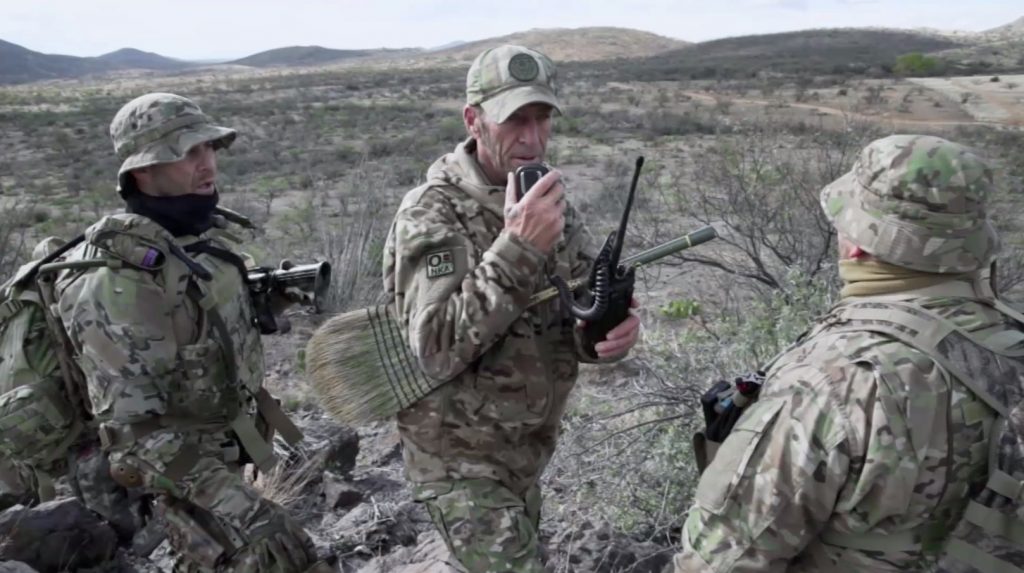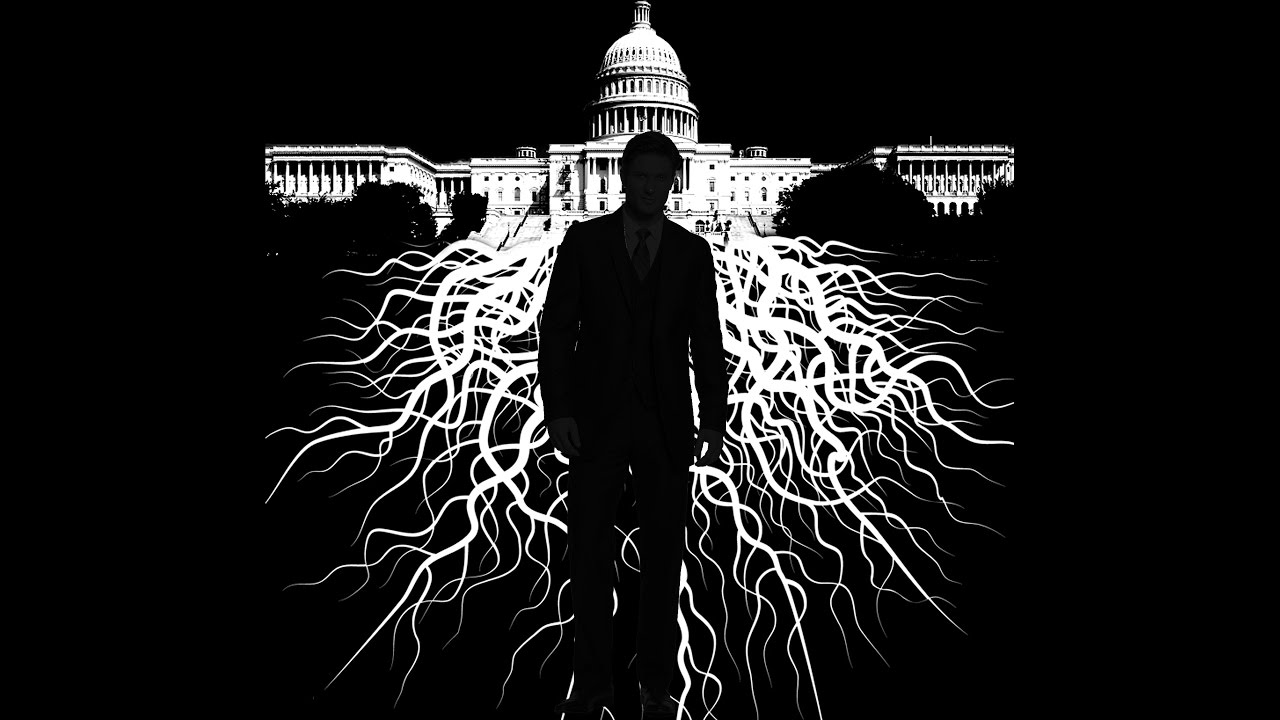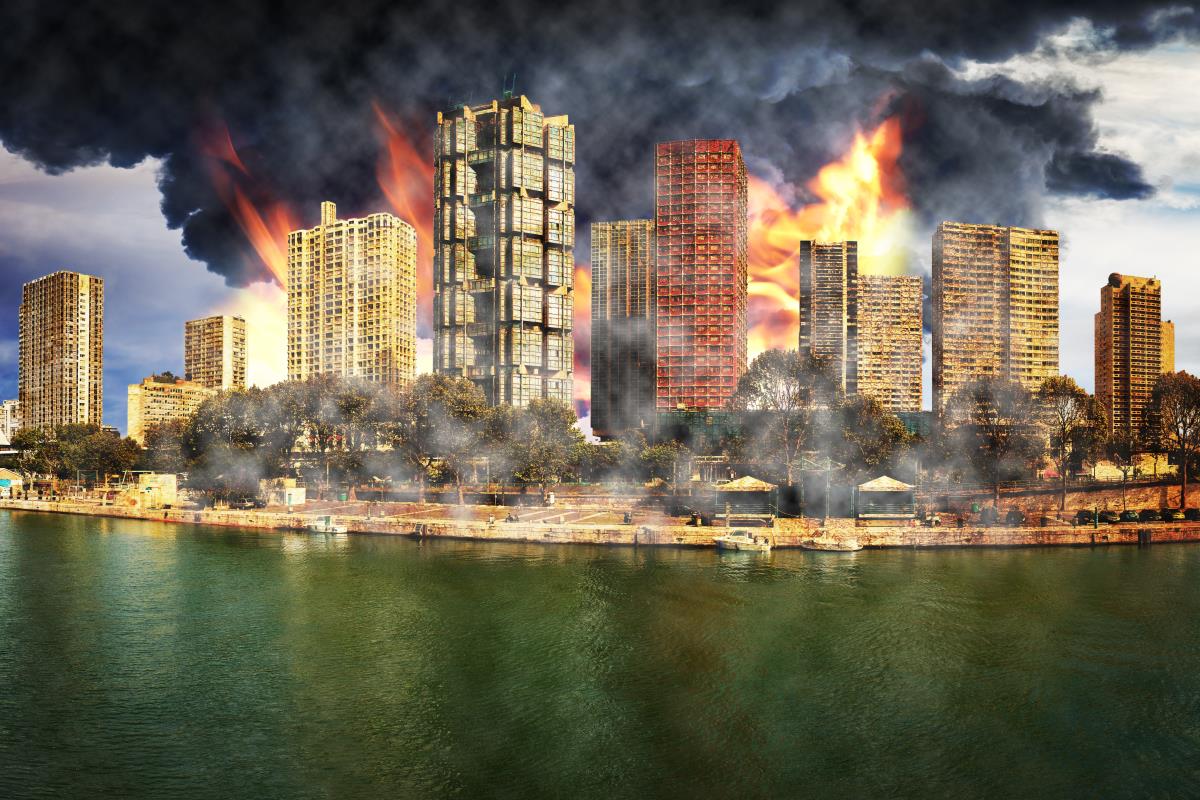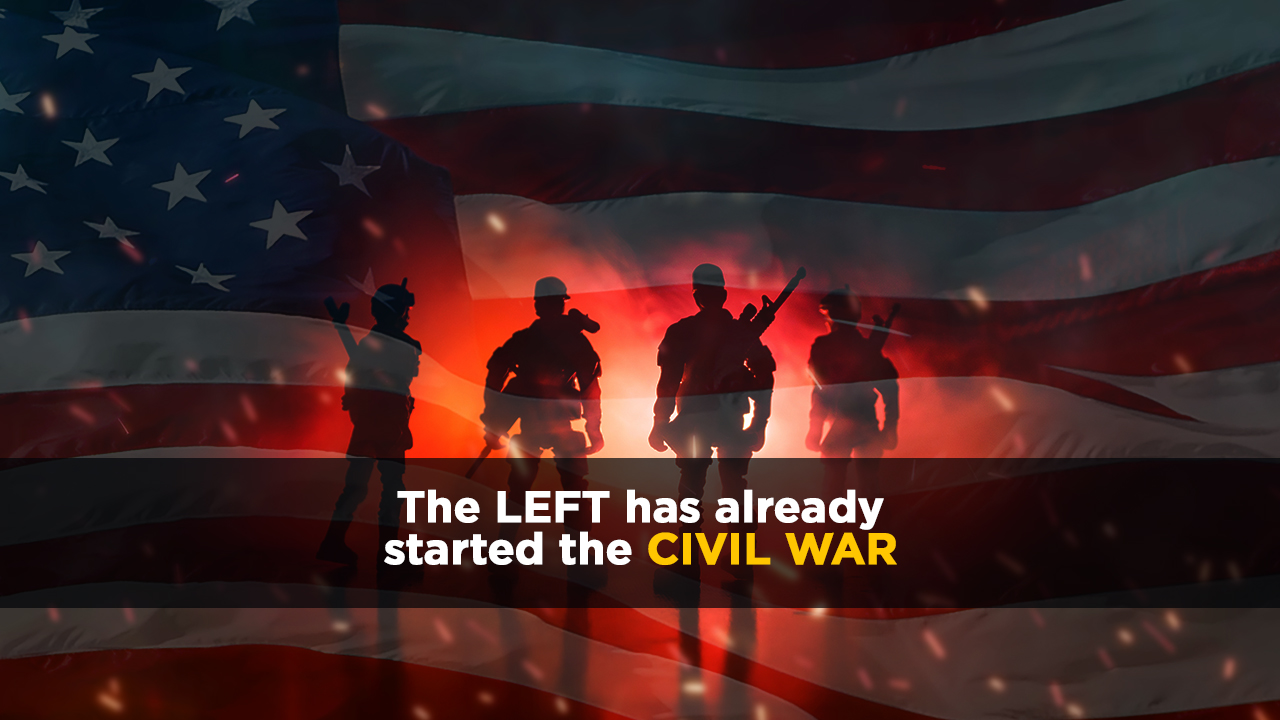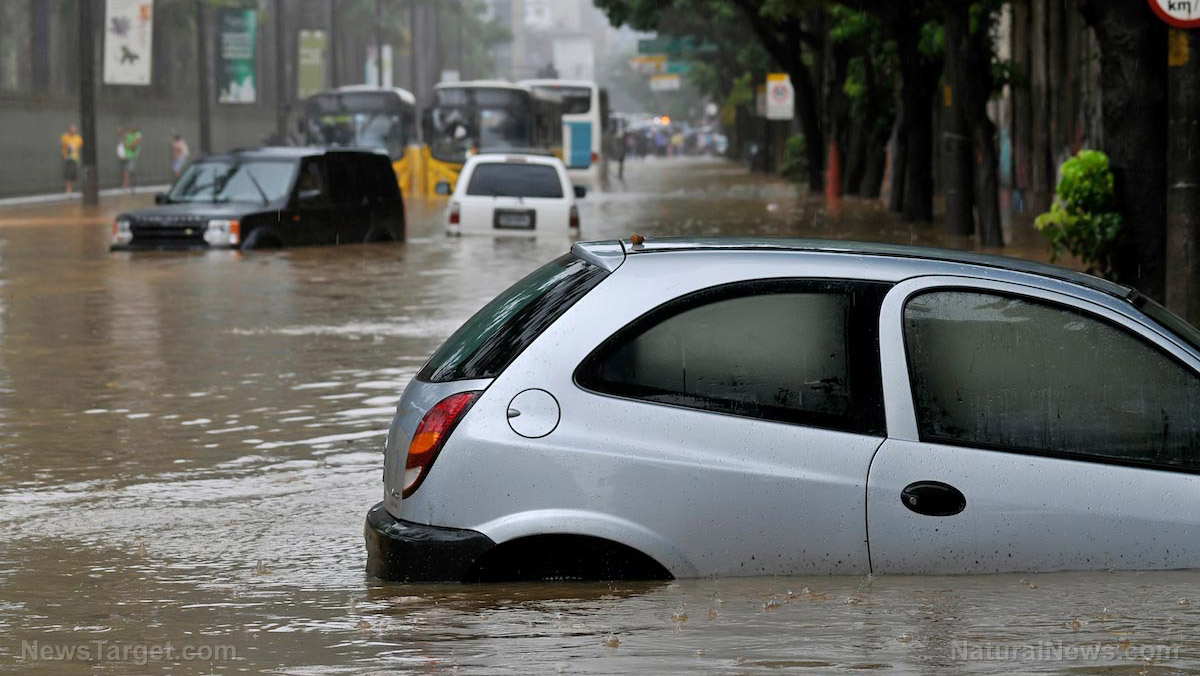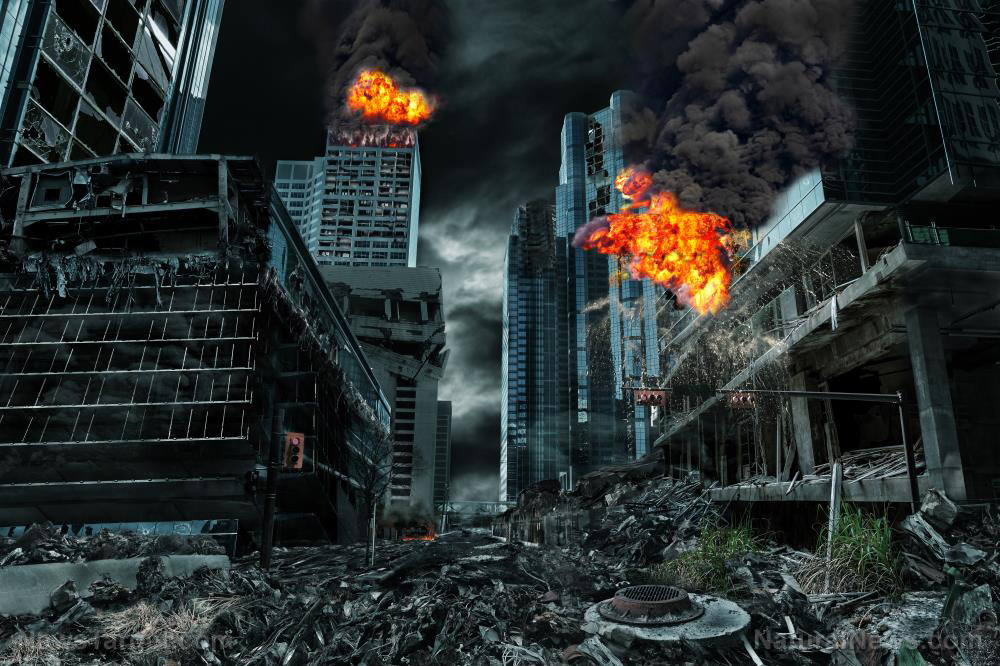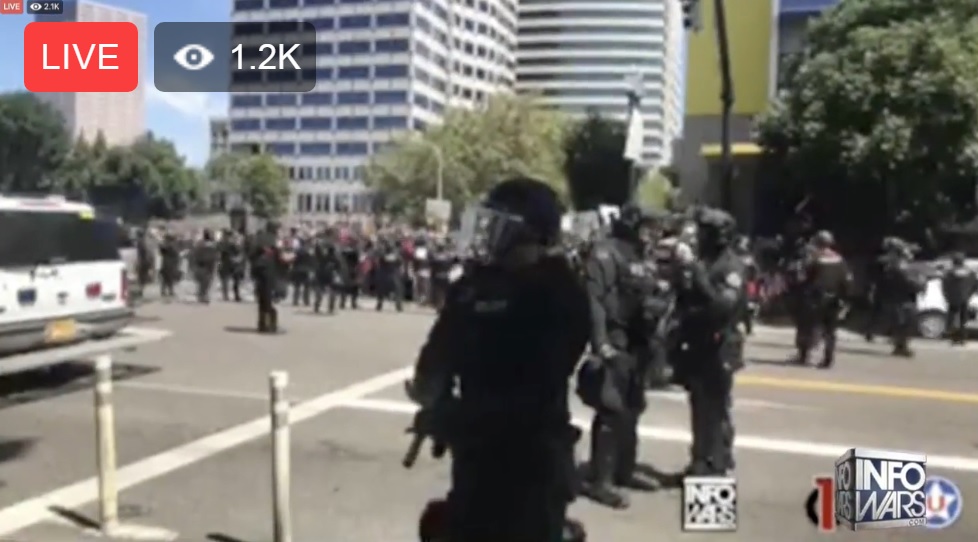U.S. foreign policy: The missing link between mass immigration and false-flag events
11/18/2015 / By Julie Wilson

The U.S. government and its Western allies are largely responsible for the upheaval in the Middle East, including the thousands of refugees trying to flee violence in war-torn countries. The assassination of individuals (suspected “militants” and innocent civilians) in undeclared war zones by the U.S. military’s drone program has generated well-documented blowback and immense hatred for America – intensifying the risks of terrorism worldwide.
The Drone Papers, a series of documents published by The Intercept detailing America’s impetuous targeted killing program in Syria, Yemen, Somalia and Afghanistan, sheds light on the escalation of violence in the region, which contributes to the displacement of refugees.[1]
Studies by the Pentagon found that U.S. special operations conducted in northeastern Afghanistan have killed more than 200 people; however, only 35 of those were the intended targets.
“During one five-month period of the operation, according to the documents, nearly 90 percent of the people killed in airstrikes were not the intended targets [emphasis added],” reported The Intercept’s Ryan Devereaux [emphasis added].[2]
This “foreign policy” has absolutely played a role in the multiplication of terrorist breeding grounds, as well as the recent terror attack in Paris, France; however, does that mean that U.S. citizens should bear the responsibility of taking in and supporting thousands of Syrian refugees? Possibly. But is it a good idea? Probably not.
While the vast majority of refugees are innocent people desperately searching for peace and a life free from violence, the risk in accepting en masse them into America is that they can be used to disguise the identities of Islamic extremists. This is because the U.S. government admittedly has no system for checking or verifying the identities of refugees.[3]
Refugees suspected and convicted in terror attack in Boston two years ago
Immigrants who migrate to the U.S. from war-torn countries appear to be more at risk for developing radical views, whether on their own or under pressure by government intelligence officials to become informants – targeted because of their refugee status and Islamic background.
If you’re skeptical about the possibility of terrorists entering the country amongst refugees, reflect back to just 2 ½ years ago, to the Boston Marathon bombing.
In 2013, two refugee brothers from war-torn Chechnya were accused of setting off pressure cooker bombs near the finish line of the Boston Marathon, killing three and injuring hundreds more.[4]
Accused masterminds, Tamerlan and Dzhokhar Tsarnaev, were granted refugee status in the U.S. in 2002 after they were prevented from returning to their war-torn home in Chechnya.
While the mainstream media portrayed Tamerlane (who was killed in a police shootout) as a young man who self-radicalized after traveling to Dagestan, a republic situated in Russia’s North Caucasus, a Russian newspaper reported that he was actually attending a workshop sponsored by the CIA-linked Jamestown Foundation.[5]
Raising even more red flags was the FBI’s admission that they interviewed Tamerlan in 2011, two years before the attack; however, they then dismissed him, finding that he posed no threats to the FBI.
Former Homeland Security boss Janet Napolitano admitted that her agency was aware of Tamerlan’s trip to Dagestan. Yet, one day after her statement, Secretary of State John Kerry said that Tamerlan returned home “with a willingness to kill people.”
FBI interviewed older Tsarnaev brother prior to attack, yet pretended to be clueless about his extremist ideologies
After the bombing, the government said they found extremist material on Tamerlan’s computer dating back to around the time when the FBI interviewed him, yet they somehow still considered him a non-threat.
During Dzhokhar’s trial, prosecutors said they also found extremist material on his computer, including an article titled “How to Build a Bomb in the Kitchen of Your Mom.”[6]
Still, the FBI claims they had no prior knowledge related to the attacks that would take place at the Boston Marathon. This is highly unlikely, considering that the National Security Administration’s dragnet surveillance program has been collecting Americans’ phone calls, texts, emails and web history since the early 1990s.
The fact that Tamerlan was brought to the FBI’s attention as being a suspected terrorist makes it even more unlikely that they were unaware of the older brother’s radicalism.
What is likely is that Tamerlan was approached by the FBI to serve as an informant, providing intel about terrorist breeding grounds in Russia, or to be used as a patsy for a false-flag event that would reinstate fears of terrorism among Americans in an effort to further erode civil liberties.
American’s fear of terrorism was very much dwindling before the Boston Marathon attacks, generating a need to justify the never-ending violence in the Middle East.
Whatever your beliefs are about the Tsarnaev brothers and their possible ties to terrorism, it’s evident that refugees may have a higher probability of being involved in terror attacks, or at the very least, false-flag events in the U.S. – highlighting the government’s need to proceed with caution regarding their plan to bring in 85,000 Syrian refugees into the country.[7]
Sources:
[1] TheIntercept.com
[2] TheIntercept.com
[3] GaryGlenn.us
[5] Izvestia.ru
[6] CNN.com
Tagged Under: Boston bombing, False flags, Immigration, Paris attacks, President Obama, refugees, Syria, terrorism



